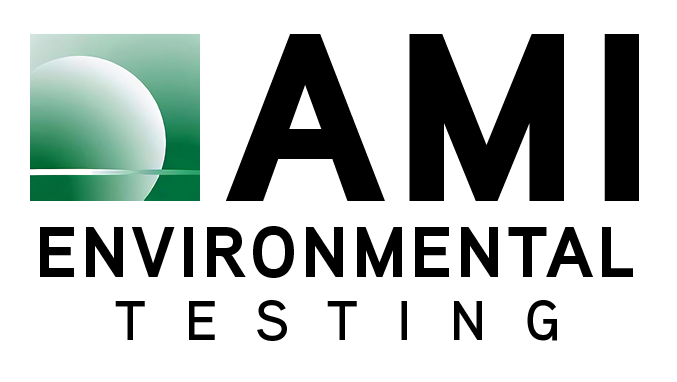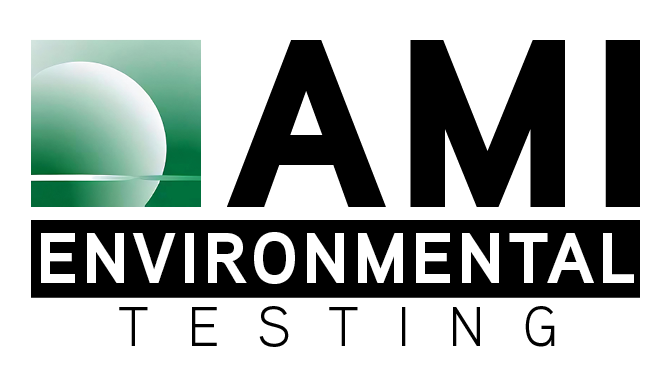We all look forward to enjoying newly improved facilities after construction and renovation. But before the work can begin, we must consider how it will affect building occupants, especially when it comes to their health and safety. One of the biggest risks construction and renovation produce is excess dust that can carry mold and bacteria throughout the building. The presence of excess foot traffic, equipment and vibration during construction and renovation work makes it easy for harmful dust to spread through the building and infect occupants.
Creating a Risk Assessment
Before any work is started, a risk assessment of the proposed site work is an essential first step in safeguarding building occupants. This risk assessment will tell you what actions will be taken, where the construction will take place, and who will be affected by renovation work. It will also tell you if serious steps—like temporarily sealing off parts of the building—need to be taken to protect your employees and visitors.
Contaminants to consider before any work is started:
- Air – Particulates
- Dust
- General Dust
- Demolition/Dismantling
- Sanding/Cutting
- Microbials
- Microbial “reservoirs” in flooring, wall cavities, HVAC systems, materials affected by water damage or high humidity, or spores brought in from outdoors
- May include molds that are pathogenic, toxic and/or allergenic
- May include bacterial growth
- Gases/Fumes/Odors
- Waterborne Contaminants
- Noise Vibration
- May affect visitors and employees trying to conduct business or concentrate on work
- Miscellaneous Nuisances
- Potentially disruptive activity
- Increased foot and vehicle traffic
- Alternate routes of building exit/entry
- Alternate emergency/fire evacuation routes and procedures
Abnormal “loads” on utilities or equipment



